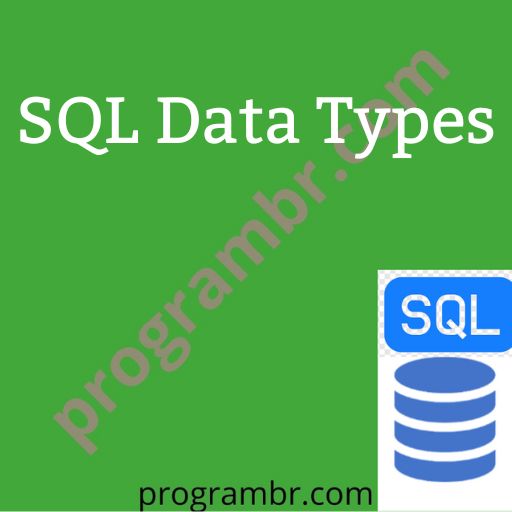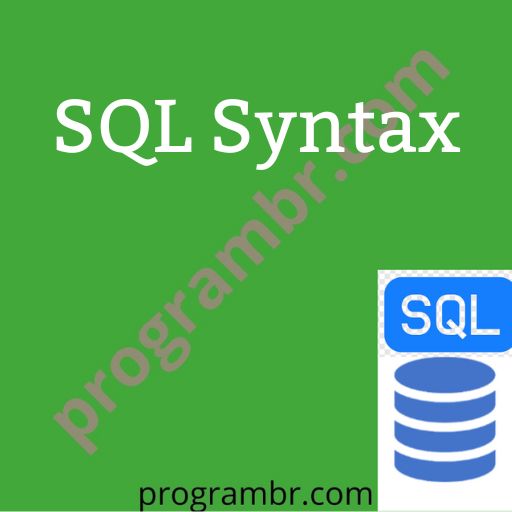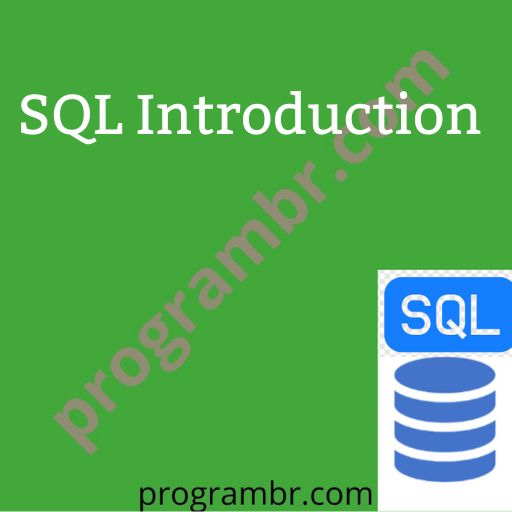SQL Operators
Arithmetic Operators Comparison Operators Logical Operators SQL Arithmetic Operators Addition +, add two value Subtraction -, Subtracts right hand operand from left hand operand. Multiplication *, Multiply two value Division /, Divides left hand operand by right hand operand Modulus % , Divides left hand operand by right hand operand and returns the remainder SQL […]




